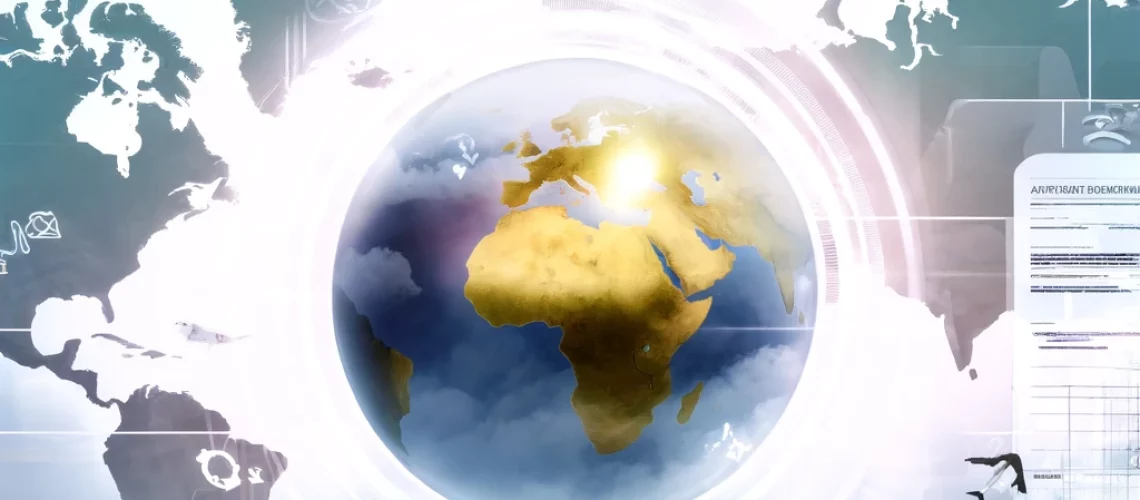Trade finance is a crucial aspect of international business. It provides the necessary funding to facilitate transactions between buyers and sellers across borders. However, obtaining trade finance can be a complex and challenging process. In this article, we will explore the various options available to businesses seeking trade finance and provide guidance on how to navigate the process successfully.
One of the most common forms of trade finance is a letter of credit. This is a document issued by a bank that guarantees payment to the seller once they have provided the required documentation to prove that they have fulfilled their obligations under the contract. Another option is trade finance loans, which provide funding to businesses to cover the cost of goods or services they have purchased from overseas suppliers. These loans are typically secured against the goods themselves or other assets of the business.
Regardless of the type of trade finance required, the process of obtaining it can be complex and time-consuming. Businesses must provide extensive documentation to prove their creditworthiness and ability to repay the loan. They must also navigate the various regulations and requirements of different countries and financial institutions. However, with the right guidance and preparation, businesses can successfully obtain the trade finance they need to grow and thrive in the global marketplace.
Understanding Trade Finance
Definition and Purpose
Trade finance refers to the financial instruments and products that are used to facilitate international trade. It involves various financial institutions, including banks, insurance companies, and other intermediaries, who provide financing and other services to importers and exporters.
The primary purpose of trade finance is to mitigate the risks associated with international trade. It enables importers and exporters to manage their cash flows, reduce payment risks, and secure financing for their transactions.
Key Players in Trade Finance
There are several key players involved in trade finance, including banks, exporters, importers, and intermediaries. Banks are the primary providers of trade finance, offering a range of products and services to facilitate international trade. Exporters and importers are the parties involved in the actual trade transaction, while intermediaries, such as freight forwarders and insurance companies, provide additional services to support the transaction.
Types of Trade Finance Instruments
Trade finance instruments can be categorized into two main types: traditional and structured. Traditional trade finance instruments include letters of credit, bank guarantees, and documentary collections. These instruments provide a level of security and assurance to both parties in the transaction.
Structured trade finance instruments, on the other hand, are more complex and tailored to specific transactions. These instruments include pre-export financing, inventory financing, and receivables financing. They are designed to meet the unique needs of importers and exporters and provide greater flexibility and customization than traditional instruments.
Overall, trade finance plays a critical role in facilitating international trade and mitigating the risks associated with it. By understanding the key players and types of instruments involved in trade finance, importers and exporters can make informed decisions and effectively manage their international transactions.
Eligibility and Requirements
Qualification Criteria
To be eligible for trade finance, a company must meet certain criteria. The first requirement is that the company must be engaged in international trade, either as an importer or exporter. Additionally, the company must have a good credit history and be financially stable. The lender may also consider the company’s industry, reputation, and experience in international trade.
Necessary Documentation
In order to apply for trade finance, a company must provide certain documentation. This documentation typically includes:
- Purchase orders or sales contracts
- Invoices
- Shipping documents
- Customs documents
- Insurance policies
- Financial statements
- Bank references
The lender may also require additional documentation depending on the specific transaction and the company’s creditworthiness.
It is important for companies to have all necessary documentation in order to expedite the trade finance application process. This includes ensuring that all documents are accurate and complete, and that they meet the requirements of the lender.
Securing Trade Finance
Approaching Financial Institutions
The first step in securing trade finance is to approach financial institutions such as banks and credit unions. It is important to research and identify the financial institutions that offer trade finance services. Once the financial institutions have been identified, the applicant can approach them with a detailed business plan and financial statements. It is important to demonstrate the ability to repay the loan and to provide collateral if required.
Negotiating Terms and Conditions
After approaching the financial institutions, the applicant needs to negotiate the terms and conditions of the trade finance agreement. The terms and conditions may include the interest rates, repayment schedules, collateral requirements, and other fees. It is important to carefully review and understand the terms and conditions before signing the agreement. The applicant can negotiate the terms and conditions to ensure that they are favorable and suitable for their business needs.
Finalizing the Agreement
Once the terms and conditions have been negotiated, the applicant can finalize the trade finance agreement. The agreement should be in writing and signed by both parties. The applicant should ensure that they understand the terms and conditions and are able to meet the repayment obligations. The financial institution may require the applicant to provide additional documents or information before disbursing the funds. Once the funds have been disbursed, the applicant can use them to finance their trade activities.
Overall, securing trade finance requires careful planning, research, and negotiation. It is important to approach the right financial institutions, negotiate favorable terms and conditions, and carefully review and understand the agreement before signing it. By following these steps, businesses can secure the finance they need to grow and expand their trade activities.

